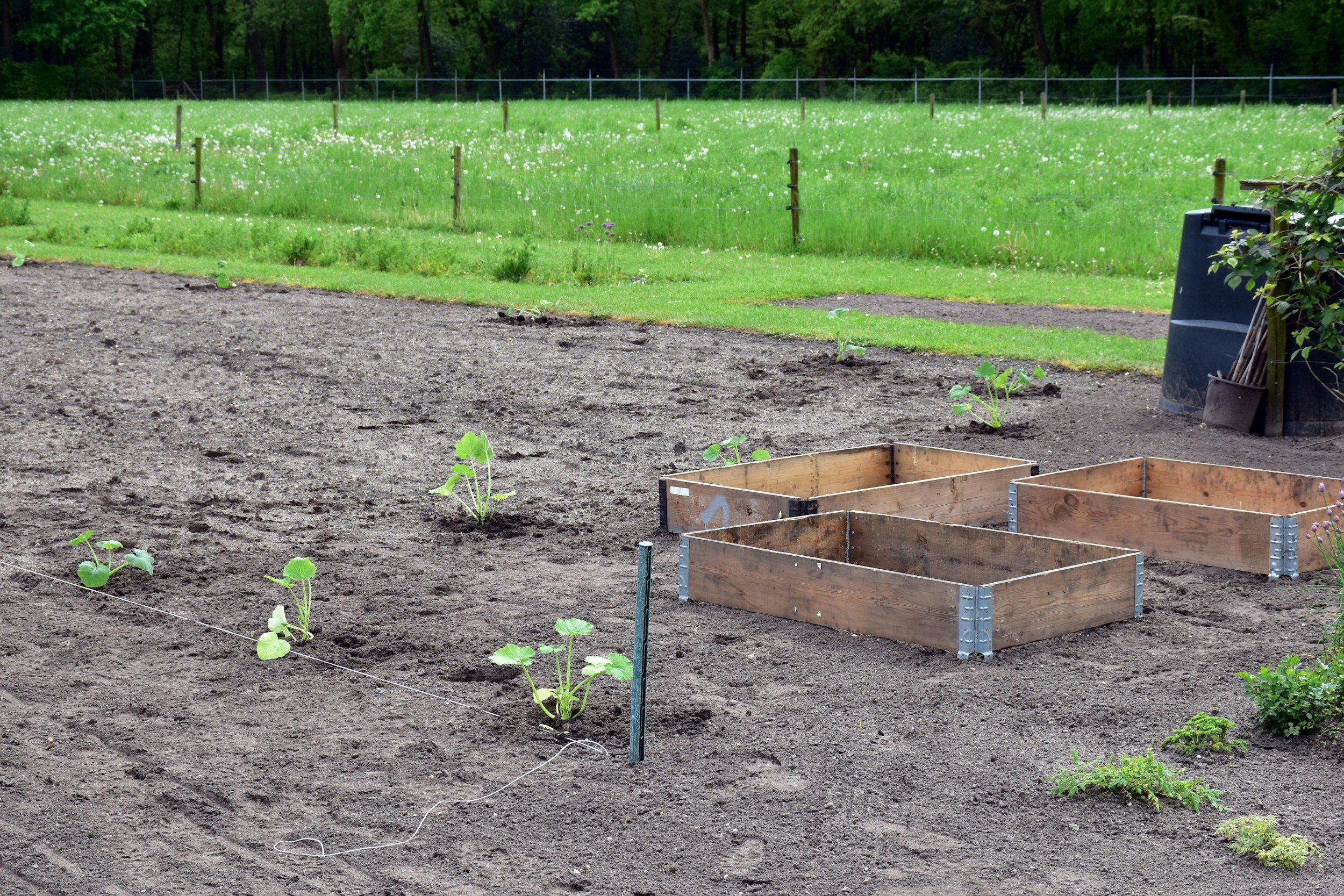Restoring and Conserving degraded and underutilized ecosystems for improved Community Livelihoods among the Refugee and Host Communities of Nakivale Refugee settlement
Submitted by: Mbilizi Kalombo, Co-Founder, KYETE BIINGI TAI NYEME (KBTN), #Youth4Soil
About this Solution
Where has it been applied:
Nakivale Refugee Settlement, southwestern Uganda
When/Where to apply:
The solutions are applied in dry landscapes and rain-unreliable areas which require increasing water-holding capacity and soil regeneration
Description
The project acknowledges that the degradation of existing forests, woodlands and wetlands/riverbanks caused by refugees and host communities jeopardizes their ability to support and sustain ecological functioning and community well-being. Through assisting in the restoration of degraded forests, woodlands, wetlands, and other vulnerable ecosystems, the initiative is projected to improve the flow of ecosystem services and products and increase the resilience of refugee-hosting communities and refugees to climate change.
Additionally, the project will strengthen the collective responsibility of various stakeholders including the Office of the Prime Minister Department of Refugees (OPM/DOR) and the Isingiro local government) and non-state actors (including private sector players and civil society organizations within and out of Nakivale) for the sustainable management and protection of natural resources.
The project will also assist households through community-based groups (Village Savings and Loans Association-VSLAs) with knowledge and skills to practice sustainable land management practices like agroforestry, climate-smart agriculture, and establishment of woodlots for long-term energy needs, beekeeping and increased land productivity, and vegetation cover.
How to Implement
Engage different stakeholders for benchmarking where we engaged local government, the National Forestry Authority, the National Environmental Management Authority, the Office of the Prime Minister, community leaders, and nearby community members. The purpose is this is to understand the history of the land and seek guidance on better and more appropriate ways to implement the project
Organize community awareness campaigns through community meetings, workshops, and the production of flyers. This is specifically to seek active community participation throughout the project cycle.
Identify local agronomists within individual communities to act as the trainers of the fellows throughout the regeneration work. Having the presence of local expertise guarantees project success increases trust as well as inspires the general community to take the project as their own.
Procure necessary tools and equipment, the list of tools and equipment was procured based on community recommendations. Engaging the community in the selection and identification of tools enables the community members to suggest the tools that they are sure of their applicabilities instead of procuring tools members have no clue how to use them.
Organize and train community members who will take part in the whole restoration work.
Implement the solution with the guidance of the agronomist.
Tips:
There is only one tip: let the community take the central role in implementing the initiatives because there is nothing for the good of the community without the community. This also ensures sustainability and cost-effectiveness.
Inspiration
The influx of refugees from neighboring countries continues to put pressure on the already worn-out settlement. To a large extent, refugees have contributed to the degradation of the environment in Nakivale. Resettling these refugees has had silent and enormous pressure on resources destroying the environment as these refugees try to strive for means of surviving. Living conditions within the settlements are often characterized by limited resources resulting in heavy reliance on the environment. Refugee movements tend to produce uncontrolled modifications for example trees are being cut down to create space for shelter, farmland, and wood fuel at the rate at which the environment cannot replenish causing the refugees, often women and children, to search increasingly further away putting them at increased risk of violent attack. In addition, land degradation, unsustainable groundwater extraction, water pollution, and human waste disposal by displaced persons contaminate local groundwater and cause the spread of diseases. Nonetheless, degrading the environment also has an impact on these refugees including struggle, growing conflict among different groups and communities
The main project activities include:
Increasing soil water holding capacity and infiltration rate by creating contour ditches within the land to minimize erosion and run-offs in these dry lands.
Soil regeneration by filling the organic manure in the tree planting holes as well as mulching the bear land to improve soil structure which results in improved soil aeration and greater water-holding capacity leading to decreased crop water stress, soil erosion, and increased nutrient retention and survival rate of the trees, especially during the dry season.
Support planting/enrichment planting with site-specific species and or assist degraded forests and woodlands to naturally regenerate and monitor to ensure the survival of planted species. Out of the 150 acres, 50 acres shall be planted with pine, baobab, and grevillea trees for community woodlot at an interval of 2-3 meters interval to create a thick forest. The woodlot shall provide woodfuel to the local communities, pasture for their livestock, and honey from the beehives. Then, 100 acres shall be planted with fruit trees at intervals of 4m-5m. This land will provide the communities with fruits, and enough space for crop growing/agroforestry in the future when the land has fully been restored to support other crops.
Monitoring and maintaining the restored hills for the first 12 months to ensure a higher survival rate is also to ensure that project and program resources are used efficiently and effectively. We are undertaking socio-economic and ecological baseline and end-line surveys to determine the right interventions and impact assessment of the project. Mapping of priority sites for project interventions.
Establishing linkages with existing networks, mandated institutions, and local actors to strengthen collaboration and coordination.
NB: The tree species to be planted are fruit trees (avocados, mangos, guavas, and jackfruits), baobab, grevillea, and fruit trees since that's what the National Forest Authority (NFA) can provide at the moment, and we need funding to procure other tree seedlings.
The key project partners include the diaspora community, EcoRestoration Alliance (ERA), the National Forestry Authority (NFA), the Office of the Prime Minister Department of Refugees (OPM-DOR), and The Coalition of Action for Soil Health (CA4SH).
What have you achieved so far with this solution?
Signed land leasing agreement with the government to secure the 150 acres
Raised 100% of the project financials
Procured necessary tools and equipment
Engaged and trained farmers groups who will do the regeneration work
Created the contour ditches, dug the planting holes, and included organic manure to regenerate the soil.
Why should other soil health initiatives implement it?
The initiatives have important features that might explain their success, be it on a large or a smaller scale. This means that it will have to be grounded within the community itself and be adopted and implemented by community members with or without support from others. When people feel ownership and see their needs met in both the short and the long run, they are more inclined to use certain methods as an alternative way. Another important feature is inclusiveness: all people shall be positively or negatively affected by sustainable land use or restoration activities(herders, farmers, women, youth, and water users amongst others) since they will be involved in decision-making and implementation of these initiatives.
For climate change mitigation, fruit trees shall be intentionally designed to store carbon and reduce greenhouse gas (GHG) emissions compared with other agricultural systems. Selecting options with lower embodied energy, such as replacing synthetic fertilizer with local organic nutrient sources, is an example of a management strategy that could alter the overall carbon footprint of the food produced. Like other treed habitats, community orchards hold the potential to store relatively large amounts of carbon on a small portion of land. Forage crops, which can be grown at the base of woody plantings, can provide additional carbon storage. Evidence suggests that increasing tree density and species richness can also improve carbon storage. Trees and shrubs planted in multi-strata systems will allow species to occupy different niches both above- and below-ground, optimizing the carbon stored in the biomass of these perennial woody plants.
Community orchards also have the potential to contribute to well-being through the restorative benefits of being in nature and interacting with other people, which contributes to psychological health. In tribal community contexts, they will contribute to greater movements of survival, a term used originally by Anishinaabe cultural theorist Gerald Vizenor to describe the present continuance of native lifeways and “renunciations of dominance, tragedy, and victory”. Survivance is an active survival and resistance, enacted in many ways, including through the embodied practice of traditional foodways and lifeways connected to place. As much as community orchards can serve as a place to grow traditional healthy foods, they can also locate related Indigenous sovereignty efforts tied to food justice and food sovereignty: education, health care, language, land and water rights, and cultural vitality
Once the fruit trees are established, they will provide a large yield of fruit year after year for decades, requiring little human input when compared to the growing, planting, weeding, watering, and pest control involved in annual vegetables. As a deep-rooted, long-lived perennial, the trees have time to adapt to local conditions and be more resilient. Therefore, by working with nature, and not against her, we shall create healthy, diverse, and resilient systems, while reducing the impact of climate change and environmental degradation.
Orchards offer a beautiful home to a multitude of animals and insects. From lesser spotted woodpeckers to red-headed cardinal beetles. They’re a mini ecosystem in their own right. The trees and surrounding grasslands support a huge variety of insects by providing them with nectar, grass seeds, fallen fruit, and wildflowers to feed on. The insects, in turn, offer a food source for birds and small mammals, which themselves fuel the food chain up to larger mammals and birds of prey (like peregrine falcons).
The project shall offer a space to learn from each other and nature and a place in which training in traditional skills can occur, such as pruning and grafting. And a place for celebration of diversity, nourishing fruit, and the trees that provide it. Sedated lifestyles and poor diets have led to rising rates of diabetes and obesity. Fresh, nutritious fruit and the activity involved in growing and harvesting have to be part of the solution.

Have you applied this solution in another context?
Let us know so we can reflect your experience on this page!
Reach out to CA4SH Communications at communications@coalitionforsoilhealth.org









